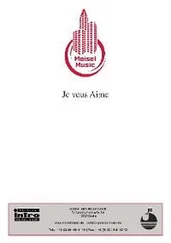Nancy said, “You’re welcome to use it,” but Mary Ann shook her head.
“We don’t accept charity.”
“Please, it wouldn’t be that.”
But Mary Ann was adamant. She kept saying, “We are not a charity. We don’t take handouts.” From her voice, it was impossible to tell the emotion. Only her frown told Laurel that she was angry.
Finally, Nancy asked her, “What if you give us something for it? What if you stay here for the night, eat dinner, wash the clothes, and you put on your show for us. My husband would like to meet you, I’m sure.”
So Mary Ann and her students rigged up a sheet between the two pine trees in the front yard. Laurel and her parents sat before it on their wooden kitchen chairs. Mary Ann placed a storm lantern behind the sheet, right at the center. Five of the Hallelujah players came out in front of the sheet, and five stayed behind it. They all held up their arms and then the play began. It was the story of Hagar, though Laurel didn’t know it. The Quincys were not religious.
The teenaged girl, the very pretty one, played Hagar, and Mary Ann and the teenaged boy played Sarah and Abraham. Mary Ann curled her back into a crone’s hunch. The boy wore a fake white beard. Another boy, younger, stood to the right and narrated the action with spoken words.
Young, beautiful Hagar, wrapped in white cloth, knelt on the ground.
Abraham, in a blue-and-white bathrobe, stood beside her. He reached into the folds of his coat and pulled out a baby doll, its porcelain skin splashed with brown paint. He said, “Ishmael,” and behind him, his shadow spelled the name: the smallest finger held up straight, then a fist, then motions so fast that Laurel could not follow them, though she tried very hard.
Hagar took the doll from Abraham and held it in her arms and rocked it. She kissed the porcelain crown of its head while behind the sheet all five shadows held their arms up as high as they could. They touched their pointer fingers to their thumbs, spread the remaining fingers wide, circled their hands slowly over their heads. The narrator, standing in front of the sheet declared, “They had made a family.”
Next, Sarah came forward. She crossed one crooked leg over the other and ominously circled Hagar and her baby. The narrator said: “Hagar fled from Sarah’s face,” and Hagar stood up, as if to run. Behind the sheet, the shadows stopped moving their hands. They twisted their legs up into trunks, their arms into branches, hung their heads, the better to be Hagar’s wilderness.
Alone, in front of the white curtain, Hagar held her baby in her arms and first ran right, then ran left. She ran forward and stared out into the night, over Laurel’s head. She beheld the black sky above her for one long, terrible moment and then she shut her eyes and dropped to her knees and called out, “Lord.” Behind her, one of the trees unfurled into the shadow of a girl. The shadow threw out her arm, threw her thumb and forefinger into an L and in one long pull brought the letter from her heart to her hip.
A small boy in a white shirt and white pants came from behind the sheet and went to Hagar where she knelt with her eyes closed. He was meant to be an angel. He took Hagar by the elbow and raised her up. He held up the baby and called, “I will make multitudes of him.” The boy’s voice was deep, as if he were already a man. He shouted: “God opened her eyes”—and Hagar obeyed. Then the boy said: “And she saw a well of water.”
But by then, Laurel was hardly paying attention to the actors in front of the sheet. Instead, she watched the shadows behind it. Their hands made the words — made Hagar and her banishment, Hagar and the terrible wilderness — real. When the angel got to the last word of his speech, water , his shadow on the other side of the sheet stood against the bright white expanse and tapped three fingers to its chin.
Mary Ann and her charges wouldn’t stay in the house. They slept in their bus. All night long Laurel watched from her bedroom window, afraid that it would drive away and take its secret with it in the night. The next morning, she was up early. She followed Mary Ann around as she and her students took down the sheet from the pine tree’s branches.
She forced herself to speak. “How did you learn to move your hands like that?” she asked. And Mary Ann said, “It’s sign language.”
A package came in the mail a month after they left. The emblem of the Hallelujah Colored School for the Deaf was printed on the envelope and it was addressed only to Laurel. Inside, a book. It was very old: a dictionary that had been printed in the previous century and had been held by many hands since.
All the Maine winters and springs and summers that followed, Laurel sat with a hand mirror in her lap and signed her ABCs to her reflection, until her fingers learned the rhythms. Her favorite sign was the letter p . It reminded her of sitting in the school yard under the pine tree, rubbing sap between two fingers, the stickiness of resin summoning her back into this world.
She was no longer adrift in Farragut, Maine. She had discovered a universe where silence wasn’t cold and stony but warm and golden, where there was no need for speech. Signing was full. Signing made words important. It was beyond condescension or awkwardness or fear or loneliness. It wasn’t avoidance or dismissal. It was, as far as Laurel was concerned, the perfect language.
It was lucky for Laurel that by the time she graduated from high school, sign language was beginning its revival. She finally had others to sign to. She enrolled in a teachers’ college to become a sign language interpreter.
College was the first time she tried to sign to another black person, her roommate, Dorothy Marshall. Dorothy watched Laurel’s hands for a bit and then she laughed at Laurel for a long time before telling her she signed like a white girl. Laurel’s eyes watered at the insult, but she decided, in the end, to be practical about it. No matter, she told herself, no matter. It was not as if she didn’t understand division. Borders existed everywhere. It was silly to expect there would never be any. Growing up, Laurel decided, was learning to grudgingly respect the borders and even come to call them beautiful.
In honor of her lost Hallelujah Players, Laurel resolved to use black sign language whenever she could. “It was the seventies,” she explained. But in truth, it wasn’t as flippant as that. She fell in love with the black dialect’s beauty: she loved the theatricality, the delicacy, the force of it. She came to believe that it was her charge to show this beauty to the rest of the world. When she left school, she made a pact with herself to always sign black. But when she applied for jobs at deaf schools, her potential employers shifted uncomfortably in their seats when they saw her sign and politely suggested she apply for assistant positions, not lead teachers.
She should have started signing white again, at least get a shot at the better jobs, but Laurel was stubborn. She truly believed that she could win people over to see her side of things. They only had to see black sign language, she was certain, to understand that it was special. She took the assistant positions, and when her daughters were born, she taught them to sign with the accent. But because she wouldn’t sign standard, she was never promoted. She spent nearly fifteen years as a teacher’s assistant.
So when Laurel first read the job announcement pinned to the bulletin board in her teachers’ lounge at the deaf school where she worked, she took down the piece of curling fax paper and stuffed it in her purse so that none of her co-workers could apply. In the weeks that followed, she skipped work and drove for hours to the Toneybee Institute and schemed and charmed her way through the interviews.
Читать дальше
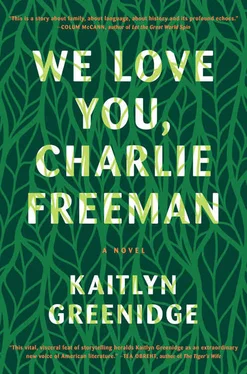

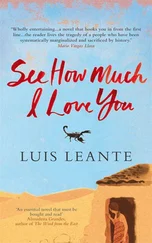
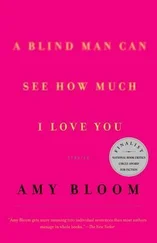


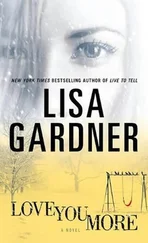

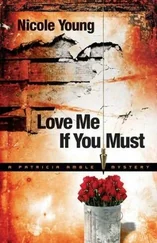

![Ally Carter - [Gallagher Girls 01] I'd Tell You I Love You But Then I'd Have to Kill You](/books/262179/ally-carter-gallagher-girls-01-i-d-tell-you-i-lo-thumb.webp)

